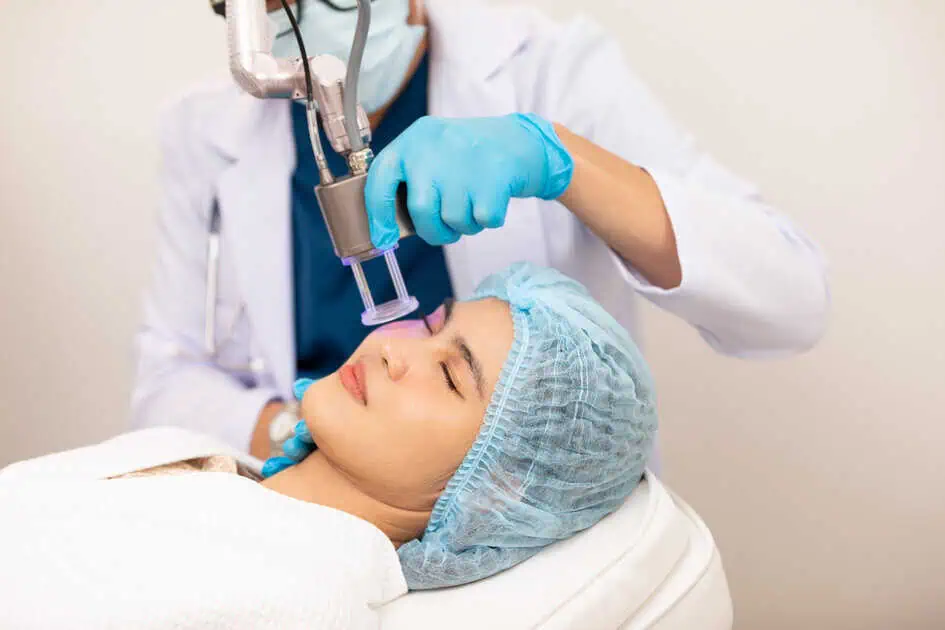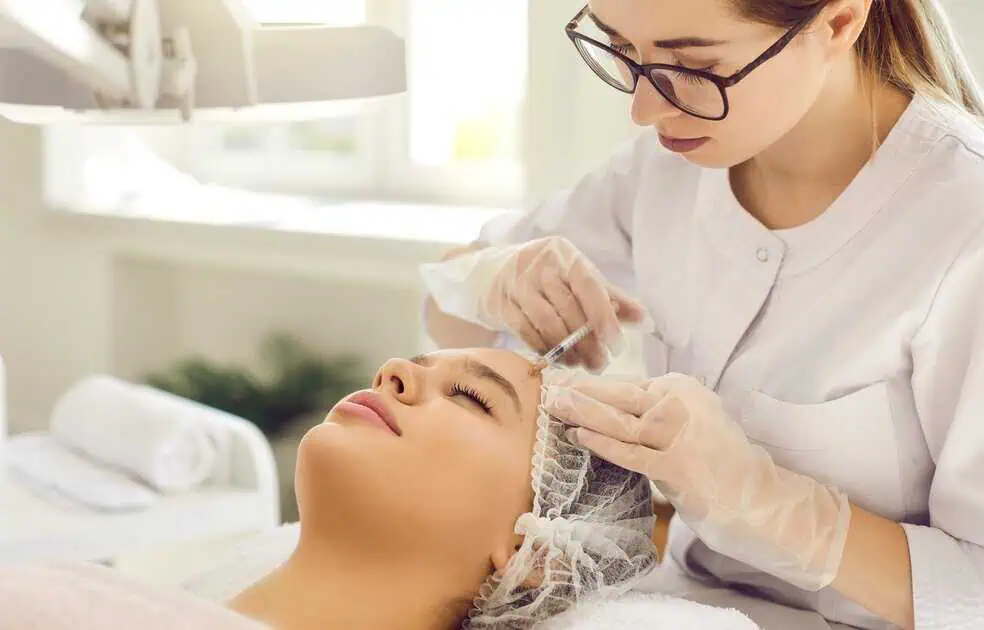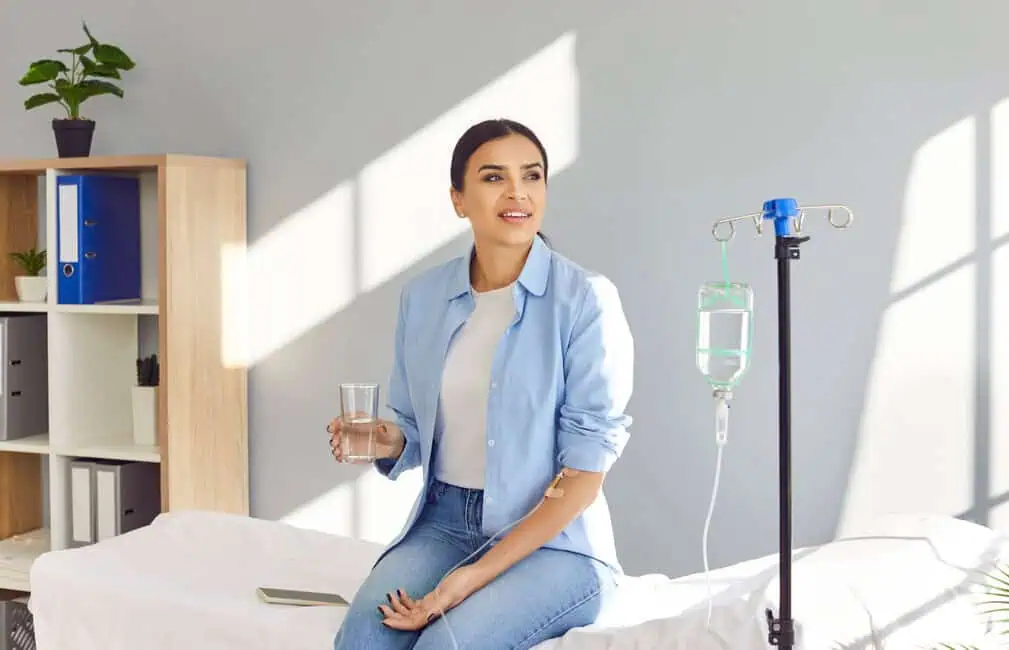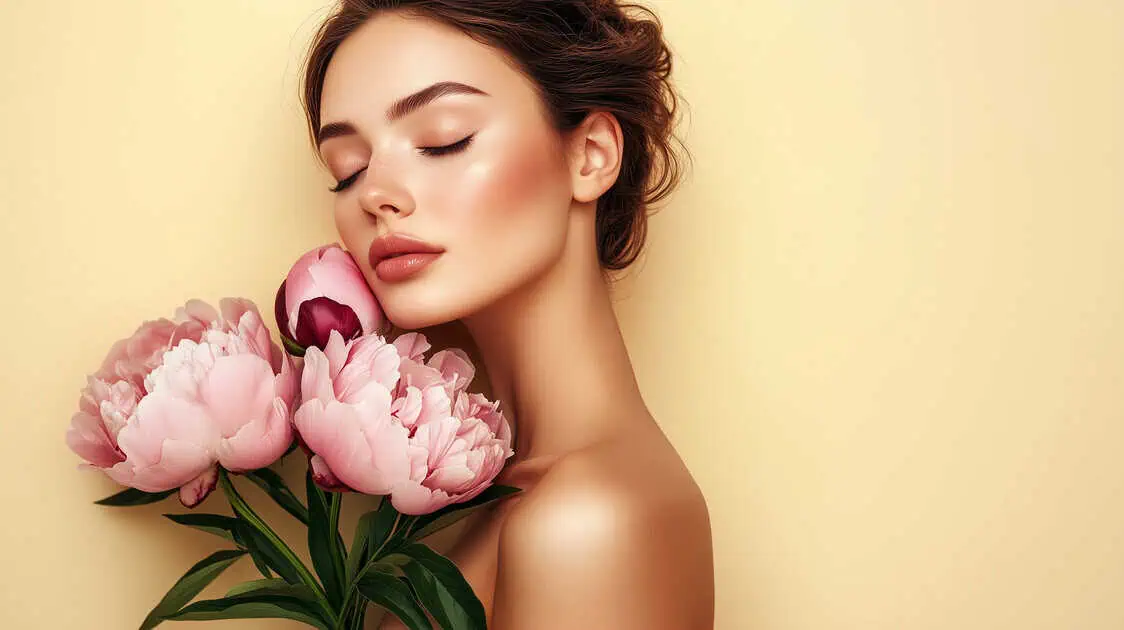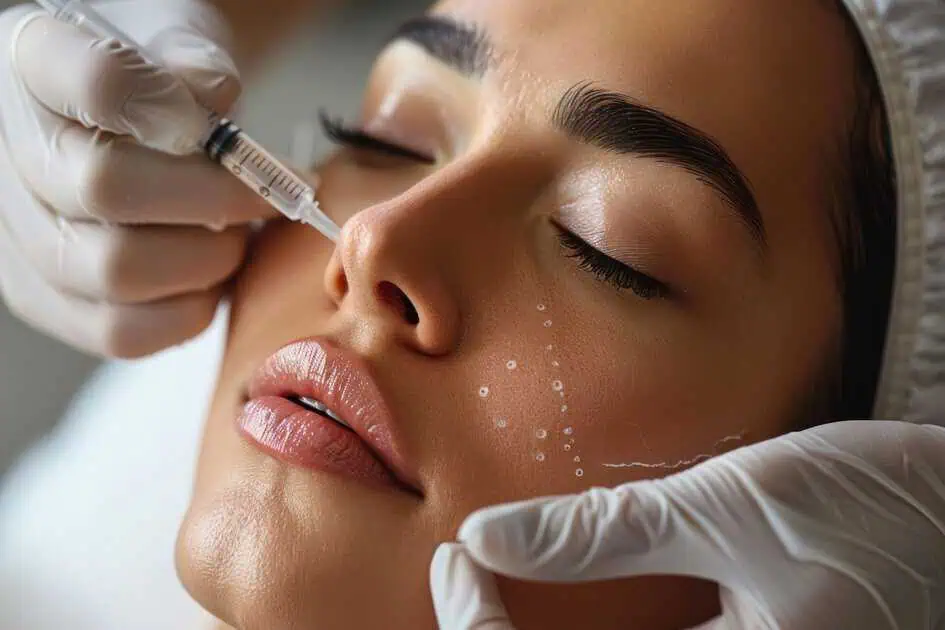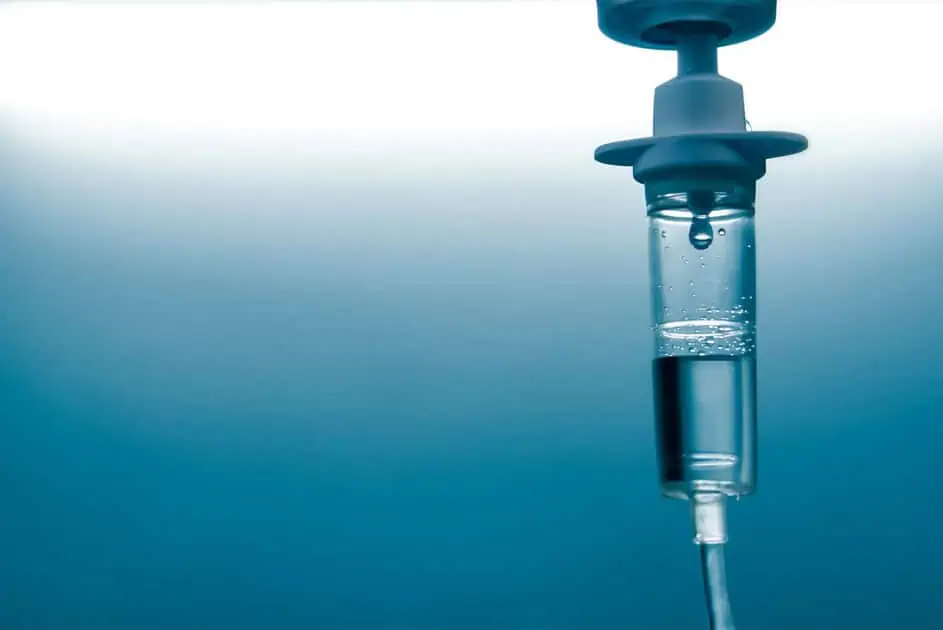Acne, a skin condition that has affected countless individuals across various age groups, often leaves many wondering about the most effective remedy. From the distressing cystic outbreaks in teenagers to the persistent hormonal flare-ups in adults, the battle against acne is multifaceted. With many treatments available, ranging from BBL therapy to microneedling, it’s crucial to discern which method best aligns with one’s unique skin concerns.
Understanding Different Types of Acne
Acne is not a one-size-fits-all condition. Its manifestations vary widely, and understanding these variations is the first step in seeking effective treatment. Here’s a breakdown of the different types of acne:
1.) Cystic Acne:
- Description: This is one of the most severe forms of acne. It involves large, painful, and pus-filled cysts that can leave behind significant scarring.
- Causes: Often caused by a combination of bacteria, oil, and dead skin cells trapped deep within the skin.
- Treatment Consideration: Due to its severity, over-the-counter treatments may not be effective, and professional medical intervention is often required.
2.) Hormonal Acne:
- Description: Typically manifests around the jawline, chin, and cheeks. It can occur at any age but is especially common in women due to hormonal fluctuations during periods, pregnancy, or even menopause.
- Causes: Triggered by hormonal imbalances, which lead to an overproduction of oil.
- Treatment Consideration: Hormonal therapies can be effective, including birth control pills or anti-androgen drugs.
3.) Adolescent Acne:
- Description: Commonly occurs during puberty when the sebaceous glands activate and can range from mild to severe.
- Causes: Primarily driven by the hormonal changes associated with puberty.
- Treatment Consideration: A combination of topical treatments and a consistent skincare routine can be beneficial.
4.) Adult Acne:
- Description: Contrary to popular belief, acne doesn’t always disappear after the teenage years. Many adults, especially women, experience breakouts well into their 30s, 40s, and even 50s.
- Causes: Factors include stress, hormonal changes, diet, and even certain medications.
- Treatment Consideration: It’s essential to identify the root cause, which may require a combination of topical treatments, oral medications, and lifestyle changes.
Addressing Acne Concerns
Acne, while primarily recognized for its visible manifestations, often brings along a host of associated concerns that can impact an individual’s self-esteem and overall skin health. Addressing these concerns is essential for holistic acne management. Here’s a closer look at some of the most common acne-related issues:
1.) Scarring:
- Description: Acne scars are permanent textural changes and indentations on the skin due to severe acne.
- Causes: They arise from collagen damage due to inflammation, often from deep or cystic acne.
- Addressing the Concern: Treatments like microneedling, subcision, and laser resurfacing can help improve the appearance of scars. Early intervention is key to preventing and minimizing scarring.
2.) Pigmentation:
- Description: Post-inflammatory hyperpigmentation (PIH) refers to dark or red spots after an acne lesion has healed.
- Causes: It results from skin inflammation, which causes the skin to produce more melanin, the pigment responsible for skin color.
- Addressing the Concern: Topical treatments containing niacinamide, vitamin C, and retinoids can help fade PIH. Additionally, chemical peels and laser treatments can be effective.
3.) Pore Size:
- Description: Enlarged pores can be a concern for those with acne-prone skin.
- Causes: Excess oil production, decreased skin elasticity, and increased hair follicle size can contribute to enlarged pores.
- Addressing the Concern: Regular exfoliation, non-comedogenic products, and treatments like BBL or LED therapy can help minimize pore size.
4.) Blackheads:
- Description: Blackheads are small, dark lesions on the skin, often on the face and neck.
- Causes: They are comedo, formed when a pore is clogged with dead skin cells and sebum.
- Addressing the Concern: Regular cleansing, exfoliation, and treatments like salicylic acid can help prevent and treat blackheads.
5.) Texture:
- Description: Uneven skin texture, characterized by rough or bumpy skin, can be a residual effect of acne.
- Causes: Accumulating dead skin cells, scarring, or active acne can lead to textural issues.
- Addressing the Concern: Regular exfoliation, moisturizing, and treatments like microneedling or chemical peels can help improve skin texture.
How Our Treatments Address Acne
We cater to the diverse nature of acne types and the unique needs of individuals. Here’s an exploration of some of the most prominent treatment methods:
1.) BBL (BroadBand Light) Therapy:
- How It Works: BBL delivers targeted light energy that penetrates the deeper layers of the skin. This energy heats the skin, targeting the sebaceous (oil) glands, which can reduce oil production and kill acne-causing bacteria. The light also stimulates collagen production, aiding in skin repair and rejuvenation.
- Effectiveness: By targeting the root causes of acne (bacteria and excessive oil production) and promoting skin healing, BBL offers a dual approach to acne management.
2.) LED (Light Emitting Diode) Therapy:
- How It Works: LED therapy uses specific wavelengths of light. Blue LED light targets and kills Propionibacterium acnes, the bacteria responsible for acne. Red LED light, on the other hand, reduces skin inflammation and promotes faster healing by stimulating collagen production.
- Effectiveness: The targeted action against bacteria and inflammation makes LED therapy potent in acne treatment, especially when used consistently.
3.) Subcision:
- How It Works: Subcision involves severing the fibrotic strands that tether depressed scars to the underlying skin layers. The scar can float to the surface by breaking these strands, leveling it with the surrounding skin.
- Effectiveness: Especially effective for rolling scars, subcision provides visible improvement by addressing the structural cause of certain acne scars.
4.) Microneedling:
- How It Works: Microneedling creates controlled micro-injuries in the skin, which triggers the body’s natural wound-healing process. This process stimulates the production of collagen and elastin, essential proteins for skin elasticity and repair.
- Effectiveness: By promoting skin regeneration and repair, microneedling can significantly improve the appearance of acne scars and overall skin texture.
5.) Resurfacing:
- How It Works: Resurfacing techniques, whether through chemical peels, lasers, or dermabrasion, work by removing the outermost layer of the skin. This encourages the growth of a new, healthier skin layer and stimulates collagen production.
- Effectiveness: By targeting and removing damaged skin and promoting the growth of new skin, resurfacing treatments can address a range of acne-related concerns, from scars to uneven skin tone.
6.) Steroid Injections:
- How It Works: When injected directly into cystic acne lesions, steroids act as powerful anti-inflammatories. They rapidly reduce inflammation, leading to a decrease in the size and pain of the cyst.
- Effectiveness: Steroid injections offer quick relief, especially for large, painful cystic acne lesions, and can prevent potential scarring from severe acne cysts.
Takeaway
Ready to unveil your most radiant self? At Mirror Mirror Aesthetics, we believe everyone deserves to feel confident in their skin. Whether you’re battling acne or seeking rejuvenation, our expert team guides you every step of the way. Don’t wait for tomorrow; let your true beauty shine today. Contact us or book your personalized consultation with Mirror Mirror Aesthetics now and embark on a transformative journey to flawless skin!

